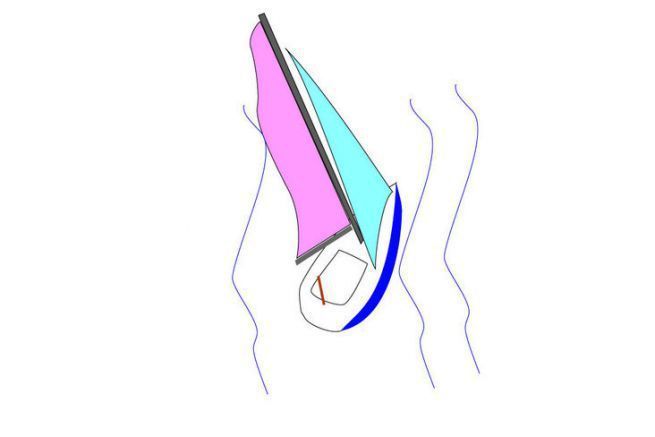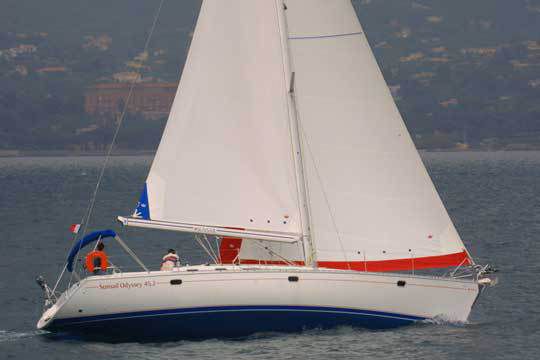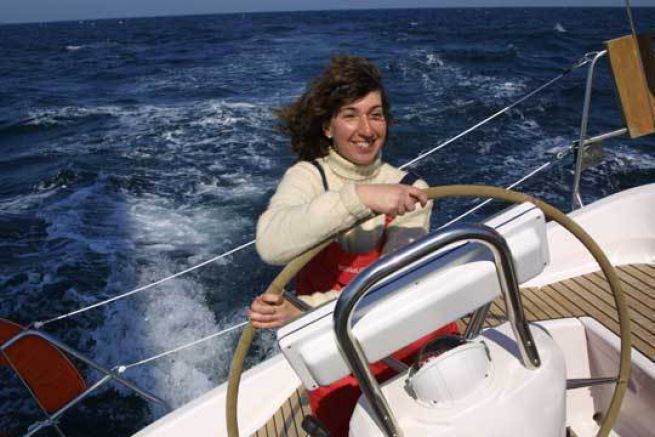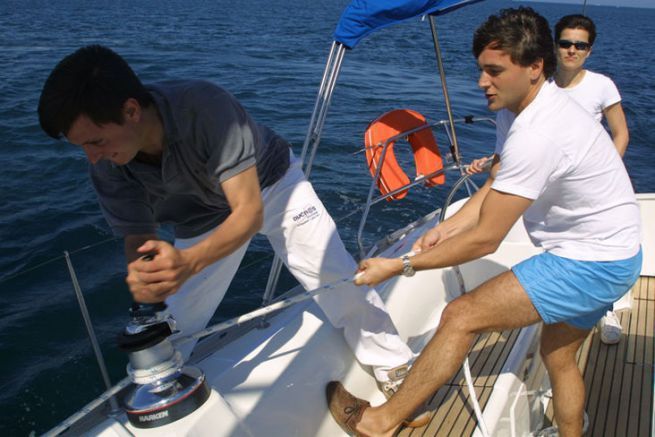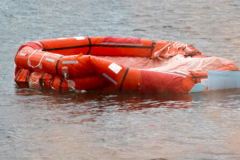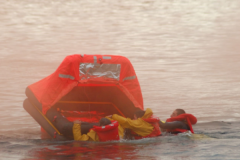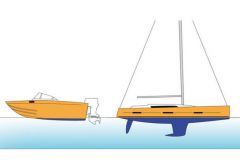Putting on the cape consists in immobilizing your sailboat, stabilizing it and letting it drift. It is a simple safety maneuver. Once your boat is under control, it behaves in a very gentle way, relaxing for the crew.
The cape is useful on many occasions, not only in emergency situations. When cruising, it will :
- To have a quiet lunch
- Easy access to the toilet
- Taking stock
- Carry out a small repair
- Repairing a wiretap
- Simply have an aperitif
The marine language
The cape comes from the Latin caput which means head. There are different uses of the term:
- Take the cape
- Getting into the cape
- Capeyer
- Holding the cape
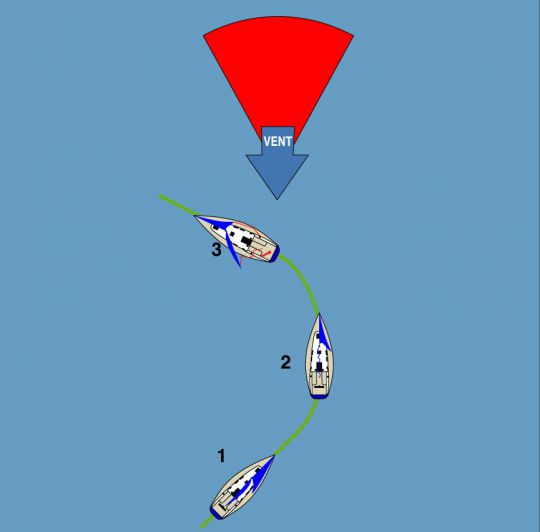
How do I get started with the cape?
Upwind, you tack without touching any of the sail settings. Thus, the jib is against the wind (planked on the "wrong" side, windward side). You then have to ease the mainsail and push the leeward tiller hard (with a wheel tiller, you turn the wheel opposite the mainsail).
This situation is stable: the counter jib brings the boat down, while the leeward helm makes it luff. It is the balance of these 2 forces that places the boat at a point of sail between upwind and beam on the wind, in a situation of balance.
Depending on the boat (surface of the jib, of the anti-drift plane, of the rudder) and on the sea state, it is sometimes necessary to find the balance by playing on the mainsail which can be more or less tucked in.
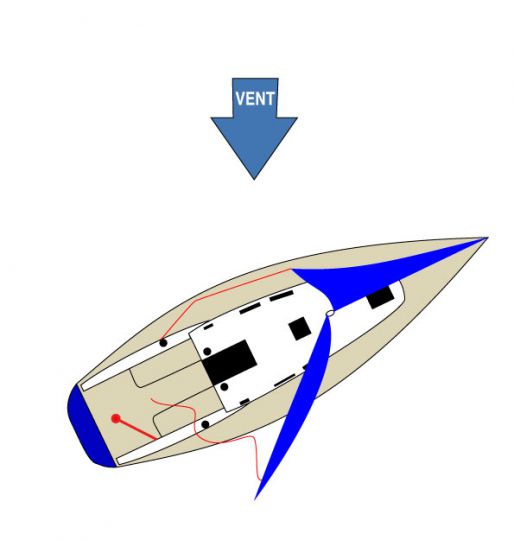
Capping in an emergency situation
Going to the cape can be done quickly and without risk to the crew. Once on the cape, you can then manage the emergency. This will be the case:
- To recover a man overboard
- To treat an injured person
- To take a reef without the risk of moving on the deck
